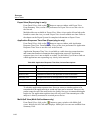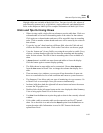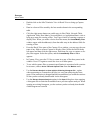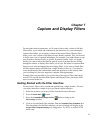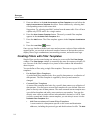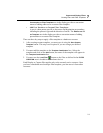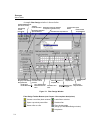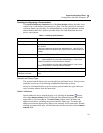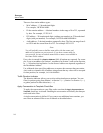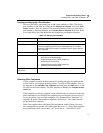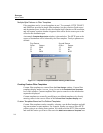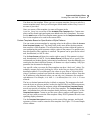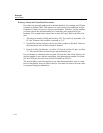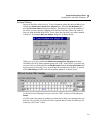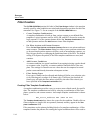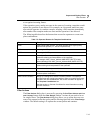
7-6
Surveyor
User’s Guide
There are four station address types:
• MAC address – 12 hexadecimal digits.
For example, 34FD34AA0001.
• IP dot notation address – 4 decimal numbers in the range of 0 to 255, separated
by dots. For example, 12.235.96.2.
• IPX address – 20 hexadecimal digits (without port number) or 22 hexadecimal
digits (with port number). For example, 34FD34AA0001000000A1.
• Atalk address - 2 decimal numbers separated by dots. The first can range from 0
to 65534 and the second from 0 to 255. For example 30234.123.
Note:
You will probably want to build a name table with the names and
addresses of stations on your network. If you have a name table for
your network, be sure to load the name table so names are available in
the Name Table window.
If no value is entered for a
Station Address field, all stations are captured. For exam-
ple, if you set an address for Station 1, no address for Station 2, and set the direction
to -> all packets having Station 1 as the Source Address are captured, regardless of
the Destination Address.
Use wildcards when specifying addresses to capture data on more than one station.
An X used as a character for an address string means that any value will be accepted
for that position; for example, 343F4AXXXXXX.
Traffic Direction Indicator
The direction indicator allows you to select a direction between stations. You can
filter for packets going from Station 1 to Station 2 (->), Station 2 to Station 1 (<-),
or gather packets in either direction (<->).
Apply Conversation to Template Check Box
To apply the conversation to your filter, make sure that the
Apply Conversation to
Template
check box is selected. Enabling the conversation will modify the data pat-
terns used in the filter.
A single conversation is defined. If you want to use additional conversations, you
can create an advanced filter or use wildcards as described above.



